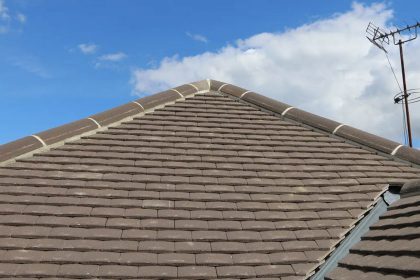 What Is Roof Flashing and Why Do You Need It?
What Is Roof Flashing and Why Do You Need It?
Flashing can be vital for many places in the structure of your house, from the door to the foundations. Most of all, though, it’s the roof that needs this kind of protection from water damage.
So what is roof flashing? And why exactly is it so essential?
What Is Roof Flashing?
Flashing is a strip of waterproof material, often but not always metal, that covers a joint in a building’s structure where water could seep through the crack. The correct material is crucial. Mortar or concrete, for example, may cover the gap, but they can be eroded away over time and end up useless.
Many places on the roof will need flashing — anywhere there’s a joint or where masonry comes through the roof. Chimney stacks and dormer windows are among the most traditional places, but flashing can also be needed in roof valleys or around skylights, vents or solar panels.
What Is Roof Flashing Made Of?
Most often, roof flashing is made of strips of metal. Lead is traditional and has many advantages — it can last up to 500 years and it’s easy to recycle when it does reach the end of its life.
Doubts have been raised, though, about its toxic properties. Although this can be reduced by coating the lead in waterproof paint, other metals such as aluminium, copper or zinc are sometimes used instead.
Non-metallic flashing is also becoming increasingly popular. This can be made of rubber, UPVC or even roofing felt. The choice isn’t always just personal preference, though, since some materials are unsuitable for particular environments. For instance, if your home is near the coast, the salt in the air may corrode some metals, so copper, aluminium or non-metallic materials would be recommended.
Why Do You Need Roof Flashing?
The purpose of roof flashing is to stop water getting through the weak points in the structure of your roof and doing damage inside. This was recognised long before metal sheeting was available, let alone materials like uPVC, and various strategies were used to protect the roof. These included angling the shingles away from the joint or creating steps on the chimney to guide the water away.
Roof flashing not only protects the interior structure of your roof against problems like rot, mildew and mould, it can also enhance the appearance — as long as it’s fitted expertly by a professional who knows the right solution for your roof. Feel free to give us a call if you want to discuss your roof flashing needs.
Read our previous blog post here.









